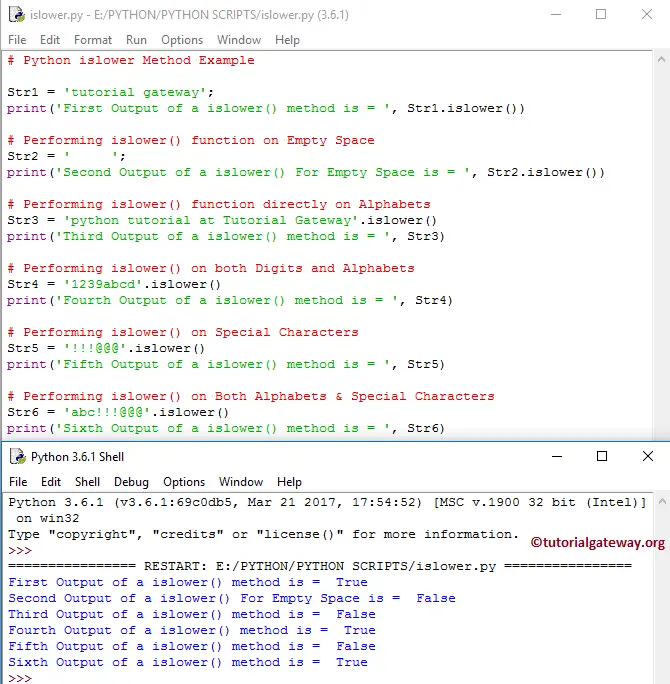

# Recursive command, repeat the function on the new STR Arithmetic Operators: These are the arithmetic operators that operate on numbers (integers or floats). New_STR = First_part + Middle_part + Last_part Python uses the traditional ASCII character set. # First_part depends if there is a number or not # Separate STR into : First_part + middle between + Last_part The valid range for the integer argument is from 0 through 1,114,111 (0x10FFFF in base 16).
#Char math python how to
# Find the inner, in this case, the "cd" partīound1_ID = len(STR) - STR.index("[") - 1 How to convert integer to char in Python You can use the Python built-in chr () function to get the character represented by a particular integer in Unicode.
#Char math python code
Here is the code I used, it works on your examples, and I don't think I forgot one of the possibilities. You can perform any equation in Python that you can in real life and even a few that you can’t. You can use them for addition, subtraction, multiplication, division the uses go on and on. An escape character is a backslash \ followed by the character you want to insert. Numbers in Python operate the same way they do in real life. That is, in the expression 5 3, 5 is being raised to the 3rd power. Python has a set of built-in math functions, including an extensive math module, that allows you to perform mathematical tasks on numbers. To insert characters that are illegal in a string, use an escape character. The idea is to repeat a function until a condition is match. The operator in Python is used to raise the number on the left to the power of the exponent of the right. This Python program allows users to enter any positive integer.

#Char math python series
Python Program to calculate Sum of Series 1³+2³+3³+.+n³. The Mathematical formula for Python Sum of series 1³+2³+3³+.+n³ ( n (n+1) / 6)². The best way to do that is to use a recursive algorithm. Write a Python Program to calculate Sum of Series 1³+2³+3³+.+n³ using For Loop and Functions with an example. # We want to go to the inner-most right bracketįinal_output += int(possible_multiplier) * substringįinal_output += possible_multiplier I've started implementing the solution using a stack, but I've got the feeling that my approach of checking each de-stacked character for a bracket is off, anyone have any suggestions? Code is below class Stack: Characters outside brackets should simply be concatenated to the substring inside. This article is contributed by Manjeet Singh. Explanation : The character is converted to byte string, incremented, and then again converted to string form with prefix ‘b, hence 3rd value gives the correct output. Given an input string, return a string in which all substrings within brackets have been replicated n times, where n is the integer outside the brackets. Output: The value of M after incrementing 10 places is : W. Then we assign the last character to the variable ‘lastchar’.

print (‘The last character in this string is: ‘, lastchar) In this case we are using the length of the string directly in the index using the variable ‘length’. I received an interesting challenge in an algorithm Meetup. lastchar text length-1 last character is stored in the variable lastc.


 0 kommentar(er)
0 kommentar(er)
